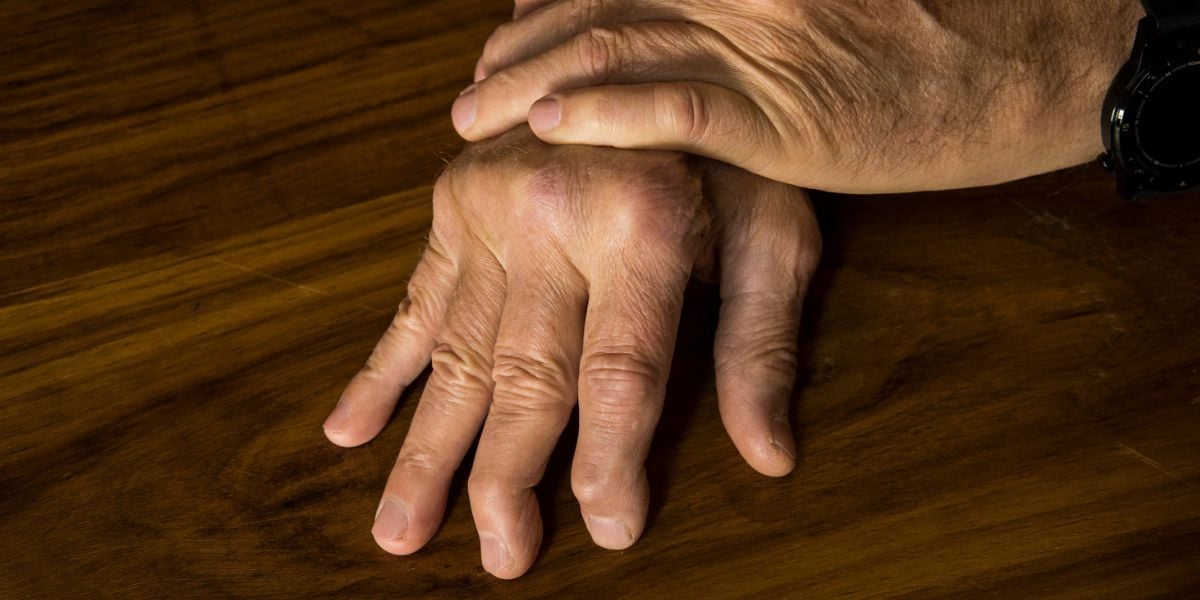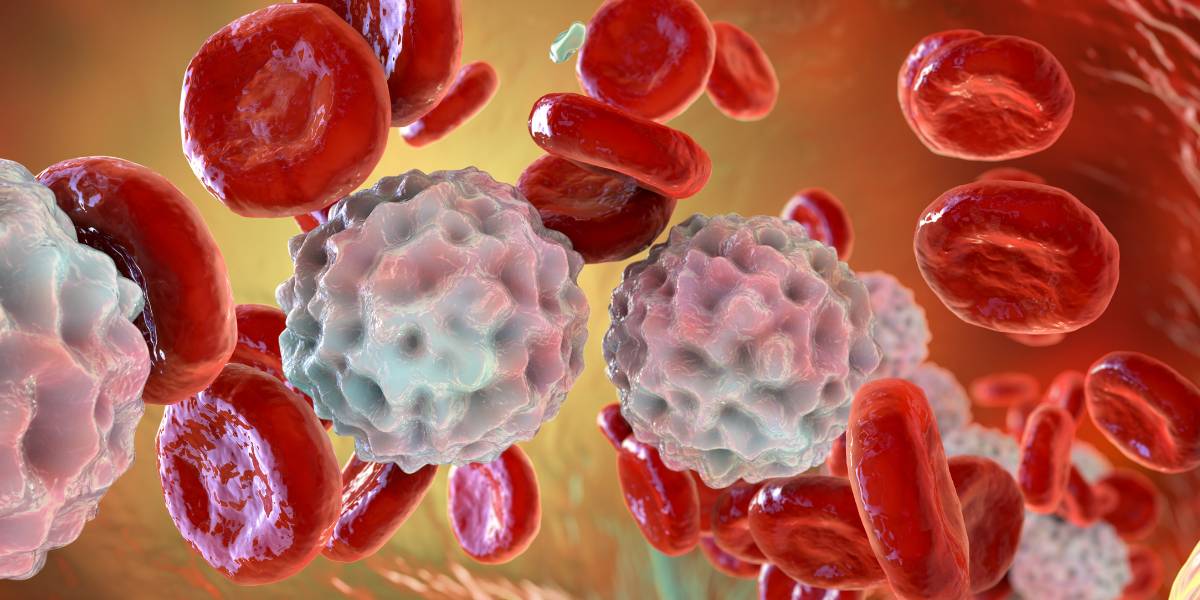Restless leg syndrome is a common condition that affects the nervous system, resulting in uncomfortable sensations that cause an overwhelming urge to move the legs or arms.
These creeping or crawling sensations can result in symptoms that vary from mild to unbearable.
They are often worse in the evening, or when at rest, and can cause disturbances to sleeping patterns.
Periodic limb movements are associated with restless leg syndrome in which a person will involuntarily have a jerking of their legs, arms or other parts of the body.
Diabetes can be a cause of restless leg syndrome, as can a number of other chronic diseases.
Relationship with diabetes
Uncontrolled high blood sugars in people with diabetes can cause nerve damage, and may lead to diabetic peripheral neuropathy
Damage to the nerves of the feet and lower leg from peripheral neuropathy is a contributor to restless leg syndrome.
Previous studies have shown that restless leg syndrome is common in patients with type 2 diabetes , who can also suffer poor quality sleep believed to be associated with impaired glucose metabolism.
Causes of restless leg syndrome
There are two categories of restless leg syndrome; primary and secondary.
Primary restless leg syndrome has no known cause, although doctors suspect that genes can play a role, and often begins before the age of 40.
Secondary restless leg usually affects people over 40, and is associated with a number of reasons that can worsen symptoms, including:
- Chronic health conditions – such as diabetes, peripheral neuropathy, iron deficiency, Parkinson’s disease, kidney failure and an underactive thyroid gland
- Pregnancy – restless leg syndrome can be experienced in the final trimester, particularly from week 27. In most cases, symptoms usually go away within four weeks after delivery
- Side effects of medication – Antidepressants, antipsychotics, dopamine antagonists and some allergy medications can worsen symptoms of restless leg syndrome
Triggers of restless leg syndrome
There are also certain triggers that sufferers of restless leg syndrome report to be influential in exacerbating symptoms. These include:
- Stress and anxiety
- Caffeine close to bedtime
- Smoking and alcohol
- Either a lack of exercise or too much vigorous exercise in the evening
Diagnosis of restless leg syndrome
A diagnosis will usually be made by a doctor based on your symptoms. While blood tests may be administered to rule out secondary causes, such as kidney failure, there is otherwise no medical test to diagnosis restless leg syndrome.
Treatment for symptoms
While there is no cure, there are numerous ways in which treatments can control the condition and make life easier for patients.
The treatment of primary restless leg syndrome focuses on easing the symptoms with a variety of self-management techniques, such as:
- Establishing regular sleep patterns – avoiding evening naps, going to bed and waking up at the same time each day
- Lifestyle changes – cutting out caffeine, alcohol and nicotine
- Starting a regular exercise routine – but nothing before bedtime
- Warm baths and leg massages
The aim of treating secondary restless leg syndrome is to target the underlying cause, with certain medications useful in easing moderate to severe symptoms. These drugs include:
- Dopamine agonists – dopamine levels are thought to be lacking in people with restless leg syndrome
- Benzodiazepines – a class of sedatives which can help with sleep
- Gabapentin – an anticonvulsant that can relieve pain
7 changes to help with Restless Leg Syndrome
Jack explains 7 changes you can make to help you deal with restless leg syndrome.









